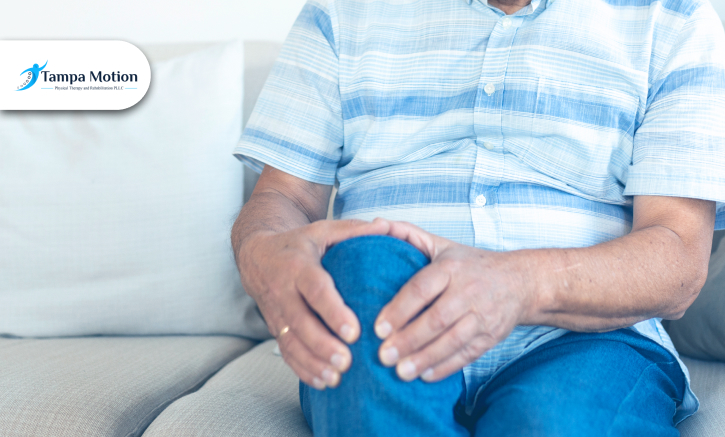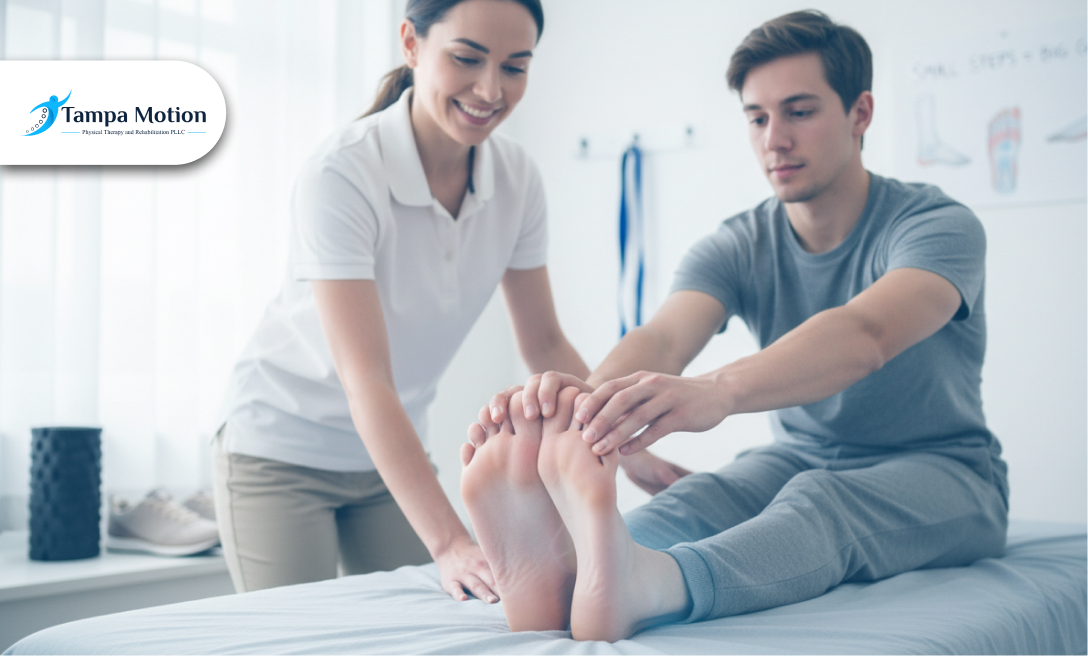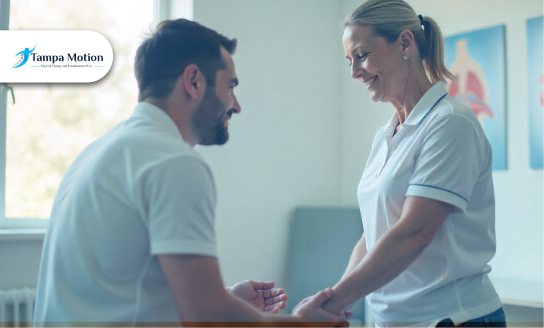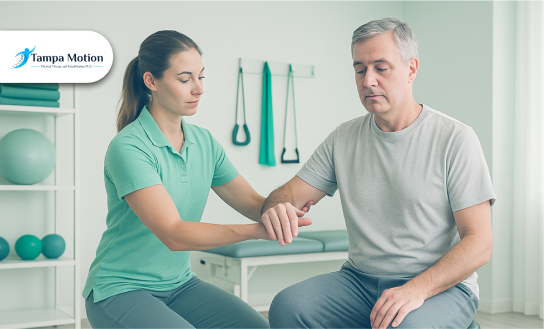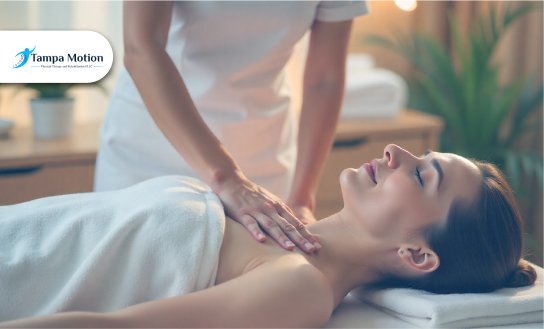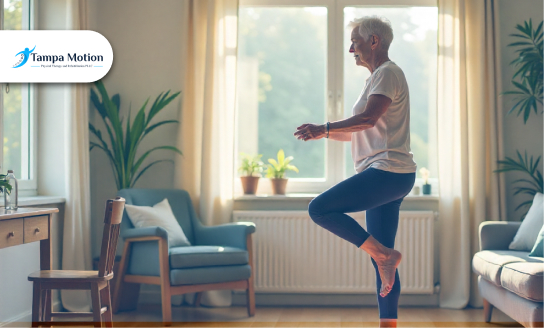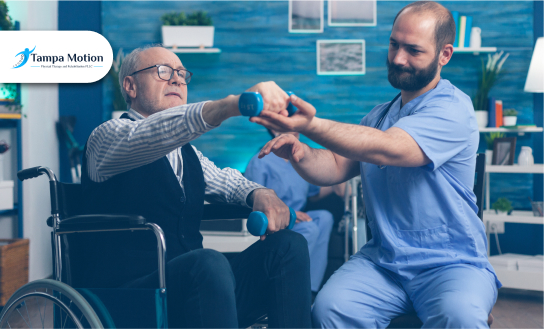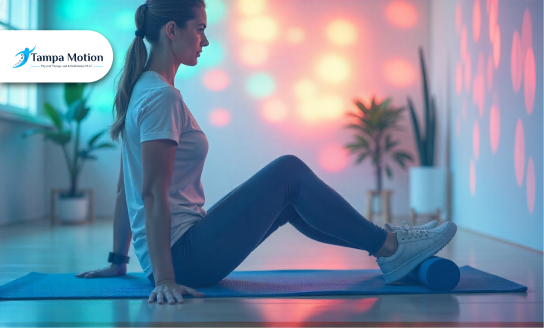
How to Relieve Lower Back Pain Without Surgery
July 30, 2025
How to Relieve Lower Back Pain Without Surgery
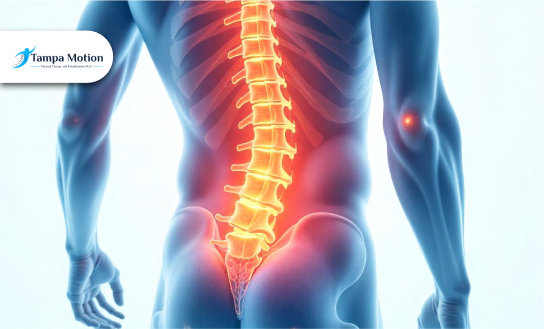
Lower back pain is terrible. It can creep in after a long day at work, as a strange twist while picking something up, or simply because you dared to exist after 30. If you are dealing with it, you are not alone. Approximately 80% of adults will experience lower back pain at some point in their lives.
The good news? The majority of back pain can be treated without surgery. Yes, you read that right. You don't have to rush into scary procedures or rely on pain medications indefinitely. With the right habits and some smart, natural approaches, you can begin to feel better and possibly move like your spine is not 100 years old.
Step 1. Understand What’s Really Going On With Your Back
Back pain can feel like it came out of nowhere. One day you're fine, and the next you're walking like you're 60 years old. However, most of the time, there is a reason hiding in plain sight.
It could be poor posture (yes, slouching counts), muscle strain from twisting the wrong way, or simply too much sitting from desk jobs, binge-watching marathons, and long commutes.
“Sedentary behavior is linked to increased low back pain, especially in adults aged 20–64.”
Source — National Institutes of Health
Then there's your spine. Herniated discs and degenerative disc issues can develop as we age, particularly if your body has been neglected over time.
Your lower back is just responding to how you treat it. The key is to figure out why you're in pain so you can treat it properly rather than hoping it goes away.
Step 2. Move Gently Because Your Muscles Are Stiff, Not Broken
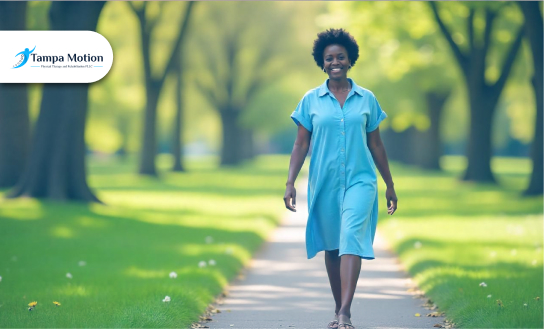
When your lower back hurts, it's tempting to freeze like a statue and avoid all movement. Pain is a completely understandable signal to your brain to stop everything. However, remaining motionless for too long exacerbates the situation.
Your back muscles are undamaged. They may be stiff, overworked, or underutilized, but they are still on your team. They require gentle, low-impact movement to wake up, stretch, and heal.
"Exercise therapy reduces the risk of recurrent lower back pain by 25-40%."
Source — Cochrane Review
Start with something simple and non-threatening:
Walking: Even a leisurely stroll counts. It increases blood flow, keeps your joints healthy, and promotes good posture.
Yoga: It involves purposeful stretching. It's ideal for relaxing tight muscles and calming the nervous system.
Swimming: The water supports your body weight, allowing you to move freely without causing spinal strain.
You don't have to become an athlete overnight; simply get into the habit of moving around every day.
Step 3. Stretch to Strengthen Your Core
Stretching isn't just for gym classes or yoga influencers; it's one of the simplest and most effective ways to keep your lower back from protesting again.
When your hips or hamstrings become tight, they pull on your lower back. And that tension settles in and becomes comfortable unless you tell it to leave. Stretching on a daily basis can help with that.
Here are a few that don’t require fancy gear or a personal trainer:
Child’s Pose
A gentle stretch that elongates your spine and releases tension. It’s like giving your lower back a deep sigh of relief.Cat-Cow Stretch
This one’s great for mobility. It gets your spine moving smoothly and helps ease stiffness around the lower back and neck.Hamstring Stretch
Tight hamstrings are sneaky troublemakers. Stretching them can reduce the strain on your lower back, especially if you sit a lot.
“Regular stretching improves flexibility and reduces pain in patients with chronic low back pain.”
Source — Journal of Orthopaedic & Sports Physical Therapy
Now let’s talk about strength. You don’t need to hit the gym or aim for abs of steel; just build some stability around your spine. A stronger core means less strain on your lower back during everyday stuff like standing, bending, or sneezing too aggressively (we’ve all been there).
Start simple with:
Glute bridges great for core and lower back support
Bird-Dog improves coordination and balance
Side planks target those deep stabilizing muscles (without much movement)
Stretching unlocks tight muscles, and strengthening gives your back the backup it needs to stay pain-free. Do both consistently, and your spine might just throw you a thank-you party.
Step 4. Fix Your Work Setup
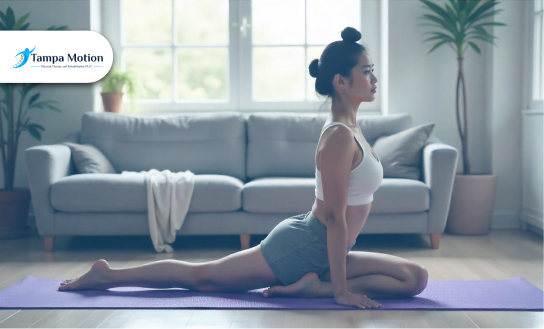
If your lower back begins to ache halfway through the day, your desk setup may be silently troubling you. Most of us weren't taught anything about ergonomics; we just sat down and hoped for the best.
However, if your chair, desk, and screen do not work in tandem with your body, your spine suffers. Let’s break it down simply:
Lumbar Support: Your lower back is naturally curved, and your chair should support it rather than flatten it. If your current seat does not provide that, try a small pillow or lumbar cushion.
Feet Flat on the Floor: Dangling feet or legs scrunched under you mess with your posture. Keep your feet grounded, knees at hip level, and avoid sitting cross-legged for hours.
Monitor at Eye Level: Tilting your neck down or squinting at a screen that is too far away strains your back as well. Raise your screen to eye level; books or a cheap laptop stand can do the trick.
“Proper ergonomic adjustments can reduce musculoskeletal pain by 61% in office workers.”
Source — Applied Ergonomics Journal
Small changes can provide significant relief. You don't need to buy an expensive setup; simply make your space work for you rather than against you.
Step 5. Heat or Ice? Pay Attention to What Your Back Is Requesting
When your lower back hurts, one of the first things you think about is whether to use an ice pack or a heating pad. The answer varies depending on the type of pain you are experiencing. Here's your cheat sheet:
Use ice when the pain is new; think swelling, inflammation, or a recent strain. Ice calms things down, reduces puffiness, and helps numb that sharp discomfort. Stick to 15–20 minute sessions in the first 48 hours.
Use heat when your back just feels tight, stiff, or achy like it’s been nagging you for a few days (or weeks). Heat increases blood flow and helps those tight muscles let go of all that tension they’ve been hoarding.
The trick is to avoid doing too much of either. If you are unsure, alternate, and always wrap the heat or ice with no direct skin contact, unless you are attempting to trade back pain for a burn (please do not).
Step 6. Consider Physical Therapy
Most people believe that physical therapy is something you do after surgery or a major accident. However, you do not have to be recovering from a major injury to benefit from PT.
If your lower back pain persists or refuses to go away, a physical therapist can assist you in determining the underlying cause rather than simply treating the symptoms.
They will examine how you move, sit, bend, and even walk. Then they'll create a customized plan for you, including exercises and techniques to improve flexibility, posture, strength, and alignment.
It is both noninvasive and drug-free. There are no dangerous machines or mention of surgery. Only expert guidance and hands-on help to train your body out of pain.
“Physical therapy is 2x more effective than standard care for chronic low back pain.”
Source — Journal of the American Medical Association (JAMA)
And don’t worry, you won’t be thrown into intense workouts on Day 1. PT is slow, steady, and focused on healing. It is one of the smartest long-term investments you can make for your back.
Step 7. Calm Your Mind, Rest Your Body
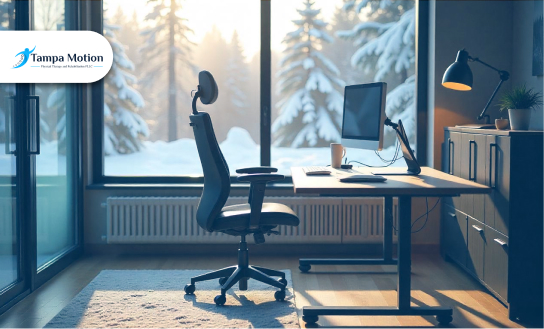
Stress has a sneaky way of settling into your body. When you’re anxious or overwhelmed, your muscles tense up (especially around your neck, shoulders, and lower back). And if that tension sticks around, your pain can become a loop: stress causes pain → pain causes more stress → and round we go.
Breaking that loop doesn’t mean you need a spa weekend (though, hey, not a bad idea). Small daily habits make a huge difference:
Mindfulness or guided breathing for 5 minutes a day
Journaling to offload mental clutter
Even just stepping outside and taking a proper breath
Now, let’s discuss sleep. If you keep tossing and turning all night, your back will not get the rest it requires to heal. Poor sleep not only makes you tired, but it also increases your pain sensitivity, exacerbates inflammation, and slows healing.
“People with insomnia are 3–4x more likely to develop chronic pain.”
Source — Sleep Foundation
How to Sleep Smarter:
Try sleeping on your side with a pillow between your knees
To relieve pressure while sleeping on your back, place a pillow under your knees.
Purchase a supportive mattress topper or even a firm pillow; your spine will notice.
So, while stress management and getting enough sleep may appear to be simple tasks, they are extremely effective. Your nervous system and spine are in constant communication. Give them both the support they deserve, and you will notice a difference.
You Deserve Relief, and Help is Closer Than You Think
Lower back pain does not need to be your "new normal." Whether it came on gradually or suddenly, there are real, practical ways to start feeling better without surgery. Your body desires to heal through gentle movement and better sleep, as well as stress relief and posture correction. You simply need to provide it with the necessary tools and, in some cases, the appropriate team.
Tampa Motion Therapy approaches pain treatment in a smart, personalized manner; there are no cookie-cutter plans, and appointments are not rushed. Just real professionals who will listen, guide, and assist you in returning to your desired way of life.
So, if your lower back has been running the show lately, it may be time to take back control. Contact us at +1 813-291-3536 or schedule an appointment through our website.
Recent Blogs
